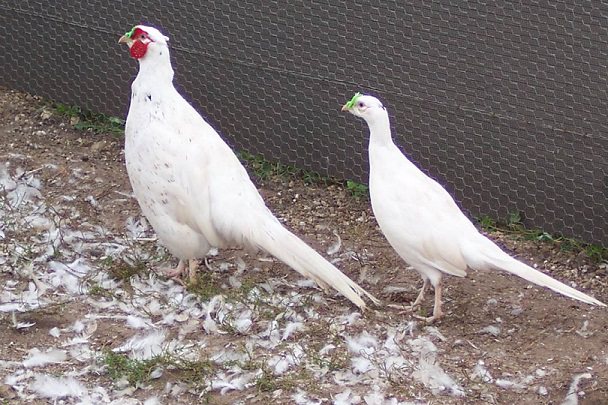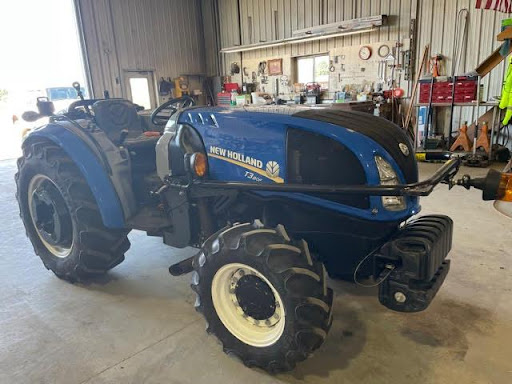Flight Pen Mortality Protection
Protecting flight birds after we place them in outdoor pens is essential. There are several dangers to flight birds as they are moved from the barns to flight pens at six weeks, and being aware of those dangers is how they are protected. If we experience flight bird mortality, it is usually within the first three days of the move-out.
Here are some of the ways we protect our birds:
- Provide good cover, including huts with straw to protect birds from wind, rain, and cold night temperatures.
- Drop barn temperatures gradually to acclimate birds to the outside temperatures. In flight pens, cold temperatures can cause the birds to pile together from hypothermia. Regulating drops in barn temperatures helps them adjust before they are moved to the pens. Gradually lowering the barn’s temperature is effective when working with early spring or late fall hatches.
- Predators like skunks, mink, owls, hawks, and raccoons will go after flight birds, so checking flight pens for holes provides essential protection.
- Make sure food and water are available in many places so young birds can easily locate nourishment.
- Stormy weather during the first three days we move birds to the flight pens can be unhealthy, especially when it happens during the evening and nighttime hours. Rain at night doesn’t allow the birds to dry out. We definitely try to plan the move-outs around the weather.
- Smaller, weaker birds are sometimes stressed when moved outdoors. Birds that start out small and fragile are one of the more difficult problems to solve. They are at higher risk for survival right after the move-out, so we keep a close eye on them.
- We track mortality to ensure we aren’t making any changes that affect the health of MacFarlane birds. We have six locations where hunt birds are placed. Each site has a lead employee and another employee to take care of the birds. The lead is responsible for the record keeping.
- Crew members record the number of birds placed in all flight pens and check them all for health and life every day for the first three days. After that, birds in flight pens are thoroughly checked once a week, until birds are shipped. Employees walk around the perimeter and down the middle of the pens to assess any mortality and remove those birds.
- After employees check for mortalities in the flight pens, they provide the information to the leads. All leads must enter the information obtained on a map of the specific pen. The spreadsheets are arranged by hatches so we can track overall mortality and track by hatch as birds are shipped.
- Dane, our Farm Management Manager receives copies of all of the spreadsheets to record on a master spreadsheet for all six locations. Any movement of the birds is recorded so we know which birds came into the pens and which birds left the pens due to shipments, death loss, or movement from one pen to another. This extensive record keeping helps us identify any specific problems we should consider to protect our birds.

Related Posts
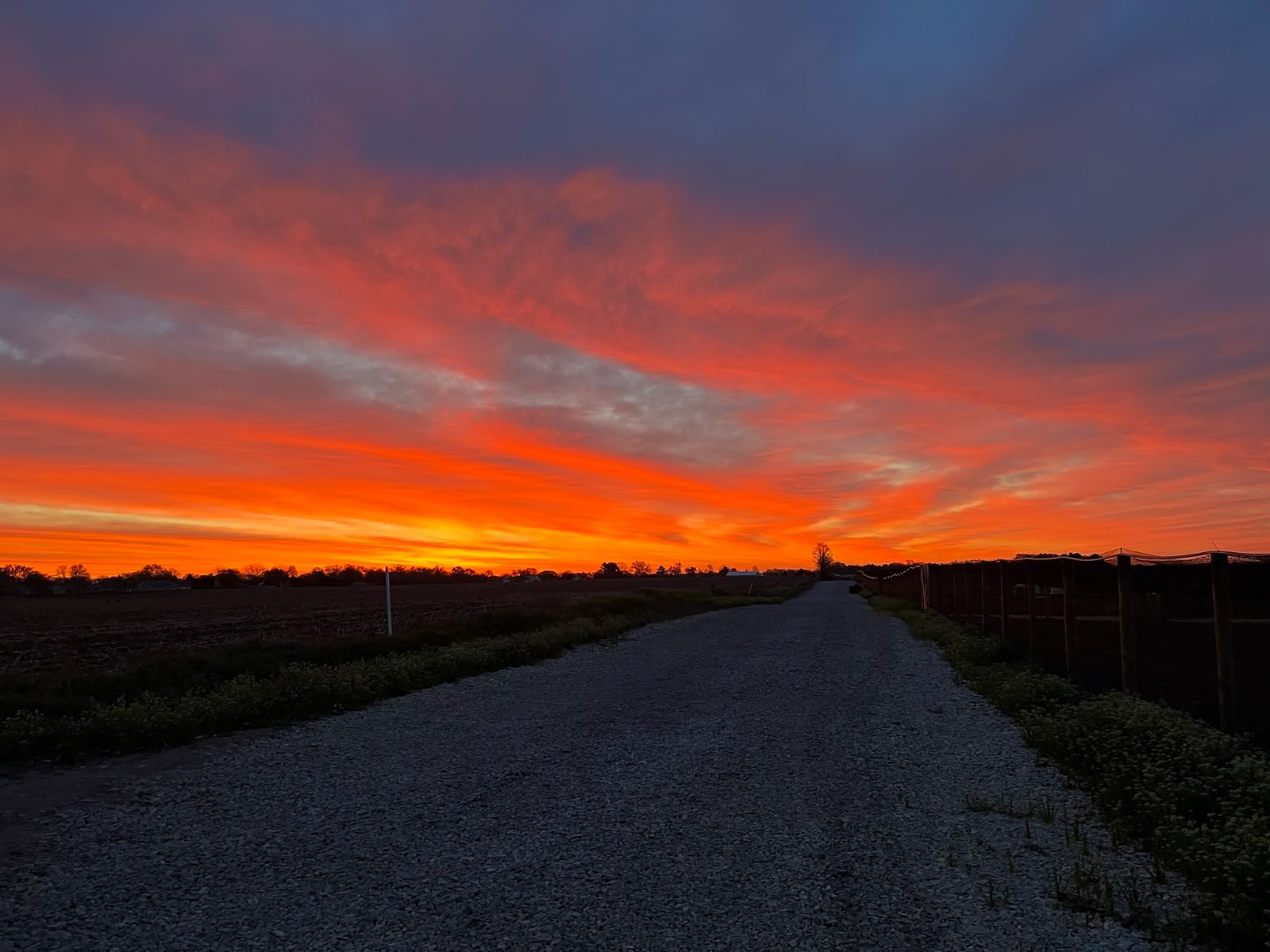
A Journey of Expansion: Jim Clark’s Legacy & Our New 16 Acres of Pheasant Pens
Read Post

Preparing Our Barns & Pens Each Spring
Read Post
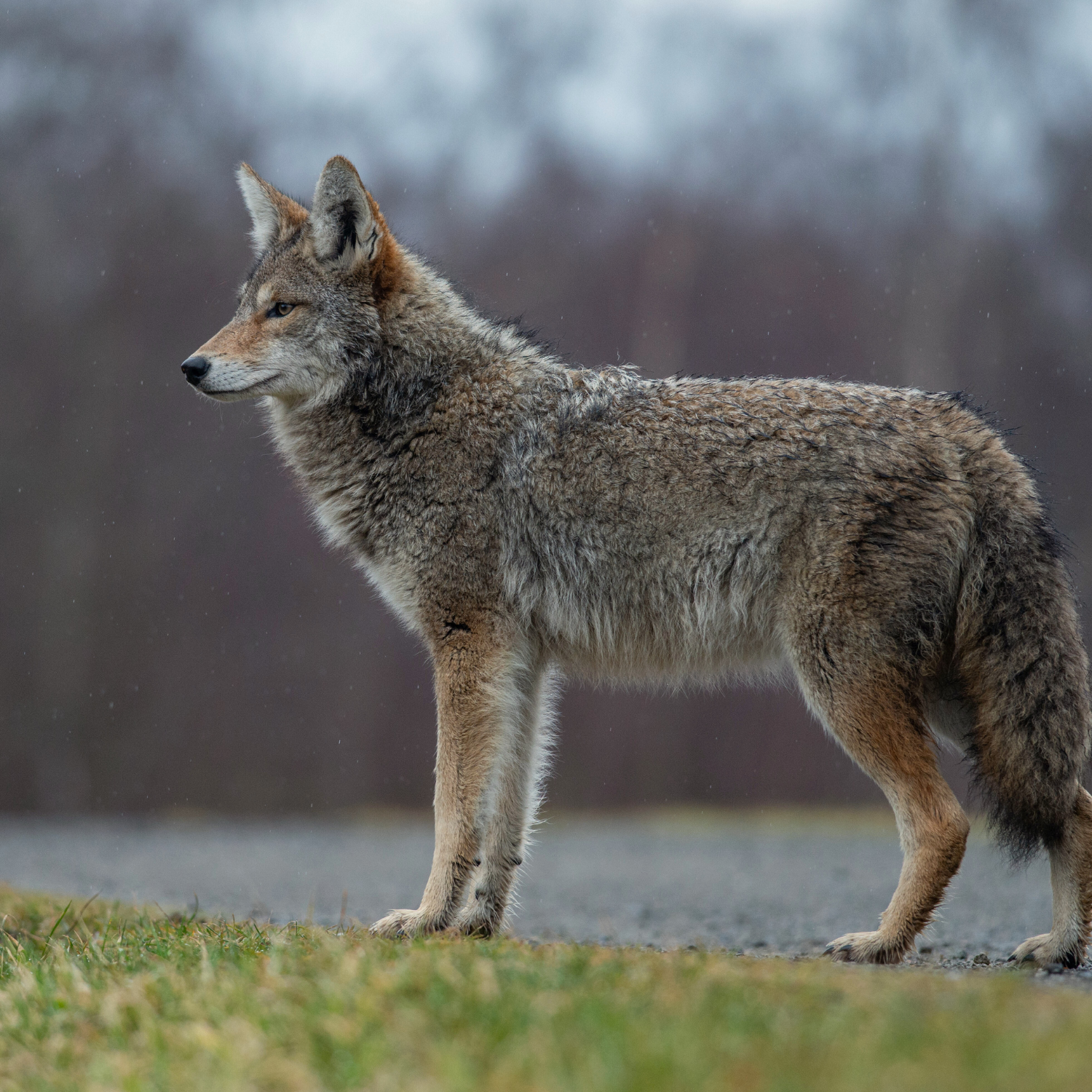
A Pheasant Farm’s Most Wanted List
Read Post
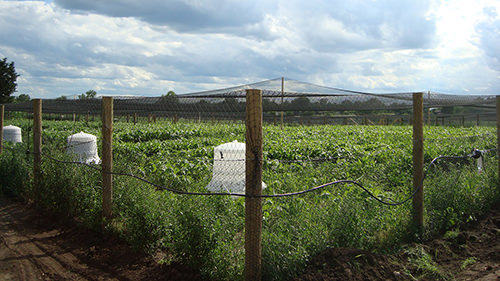
Cover Management in Flight Pens
Read Post
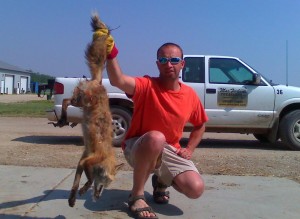
Thieves in the Night
Read Post
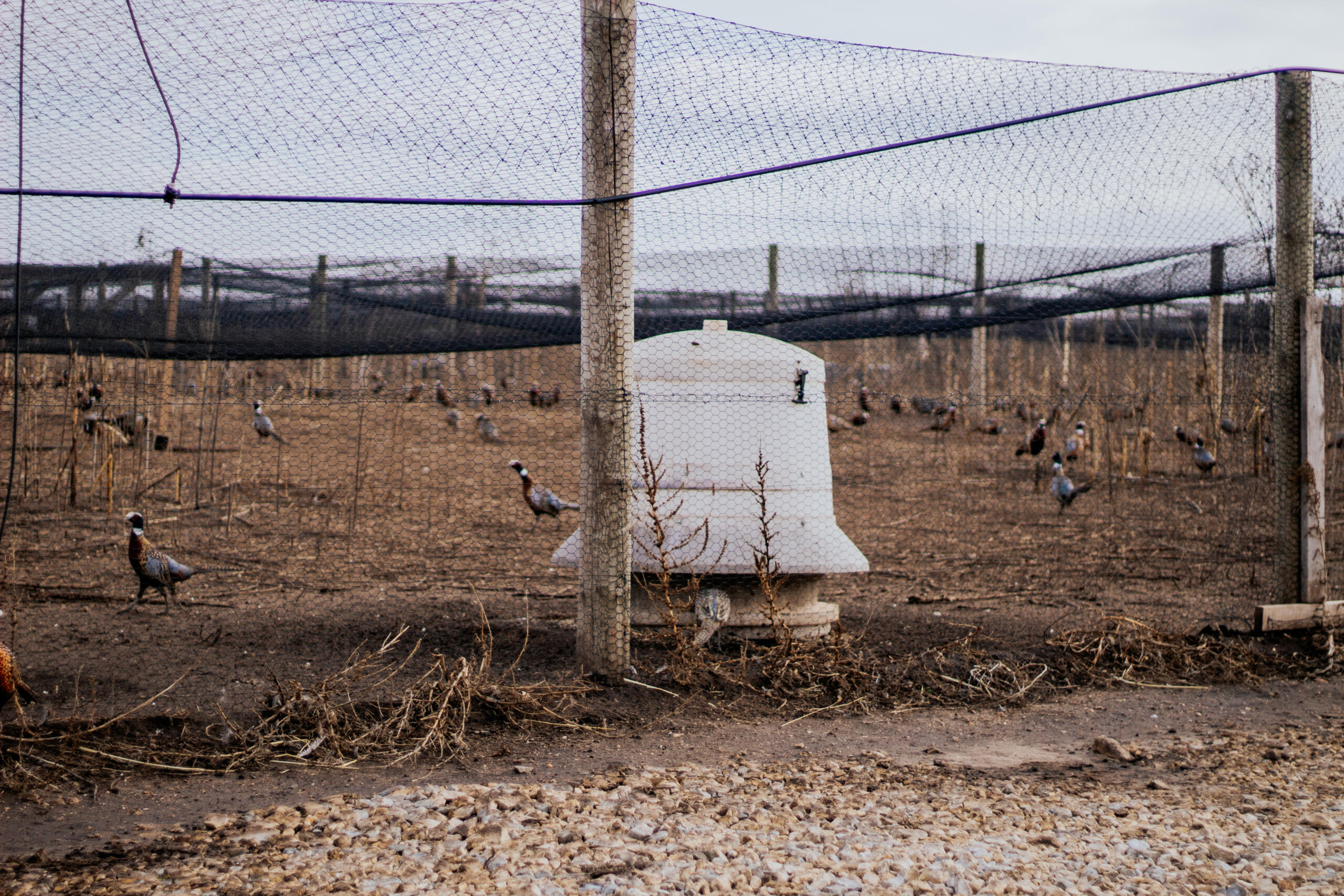
Fixing Feeder Issues in The Outside Pens
Read Post
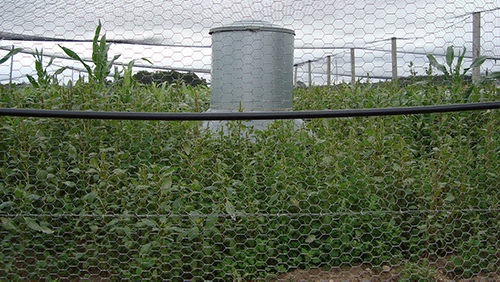
How To Construct Durable Pheasant Flight Pens
Read Post
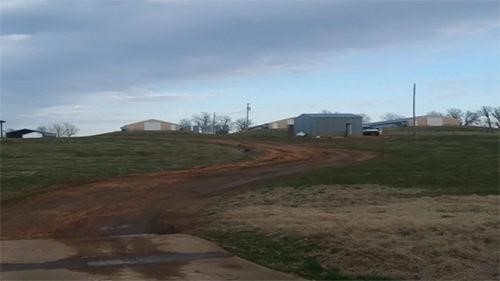
Free Flight Pen Construction Manual
Read Post
Take Advantage of These Free Resources
As the biggest game bird farm in the United States, we want to share our experience with you. Download our free resources below and get started.

